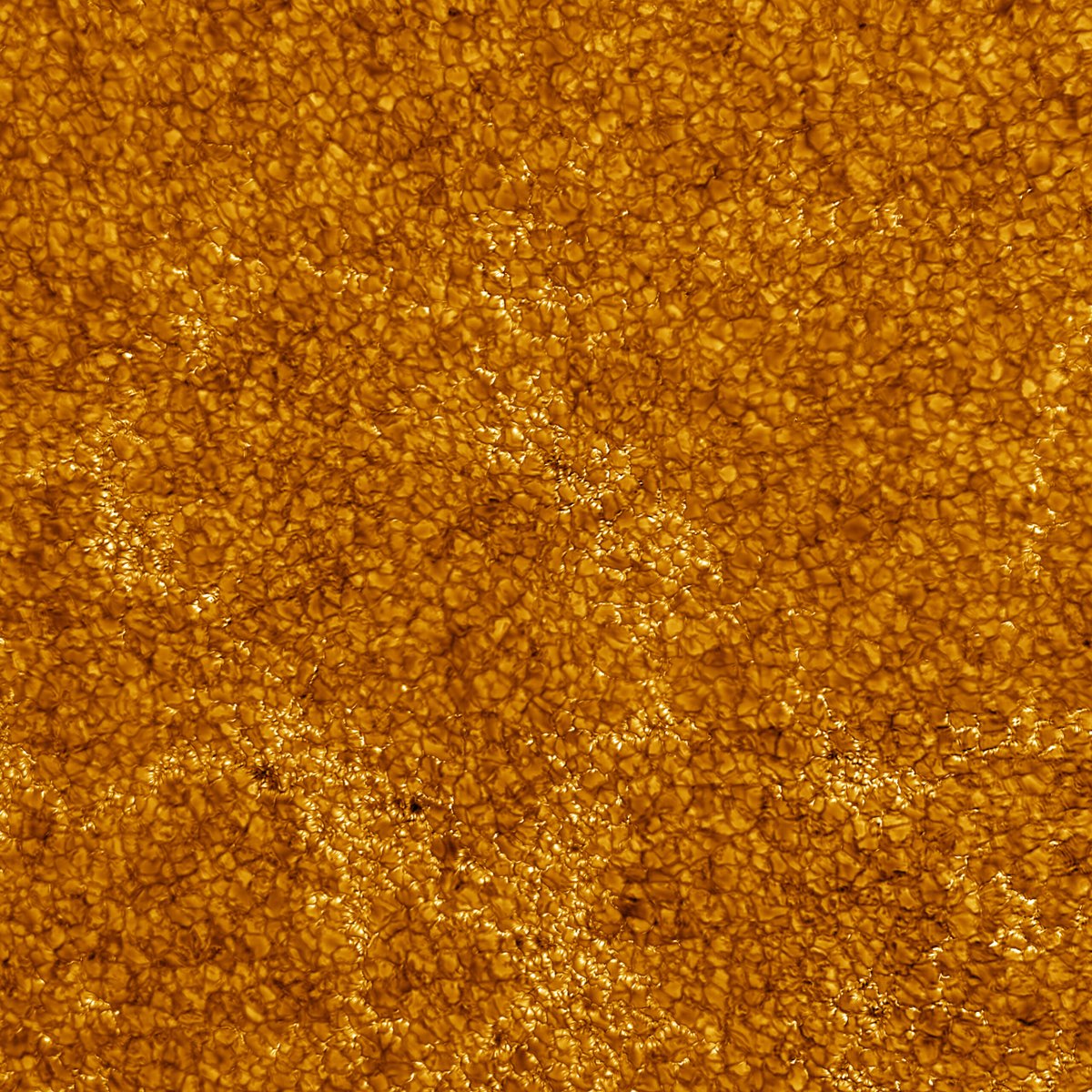
Enter the spider's lair 🕸🕷
Great new #JWST image of 30 Doradus, the Tarantula Nebula, in the Large Magellanic Cloud.
Do follow the link & download the full-sized image if you dare – there's a huge amount of superb detail in there when you pan & zoom.
esawebb.org/news/weic2212/
Great new #JWST image of 30 Doradus, the Tarantula Nebula, in the Large Magellanic Cloud.
Do follow the link & download the full-sized image if you dare – there's a huge amount of superb detail in there when you pan & zoom.
esawebb.org/news/weic2212/

In the link you'll find NIRCam near-infrared & MIRI mid-infrared images of the Tarantula Nebula & the dense cluster of young stars, NGC2070, at its core, plus NIRSpec near-infrared integral field spectroscopy.
Also check out the @esascience thread:
Also check out the @esascience thread:
https://twitter.com/esascience/status/1567153055530893314
@esascience These data were taken as part of the Early Release Observations set published & discussed on 12 July, but didn't make the cut then simply because there was so much other good stuff to show.
@esascience And again, if you have the bandwidth, do download the full-sized image: at 14,557 x 8,418 pixels, it's just loaded with amazing details as the young stars sculpt & blow away the dust & gas cocoon they've been born from.
@esascience I should have more to say later, after a videocon with my @spacerockslive friends, but in the meantime, cruise around the image, take in the sights, & follow the links above to get more scientific & technical info on this image & the others 👍
• • •
Missing some Tweet in this thread? You can try to
force a refresh










